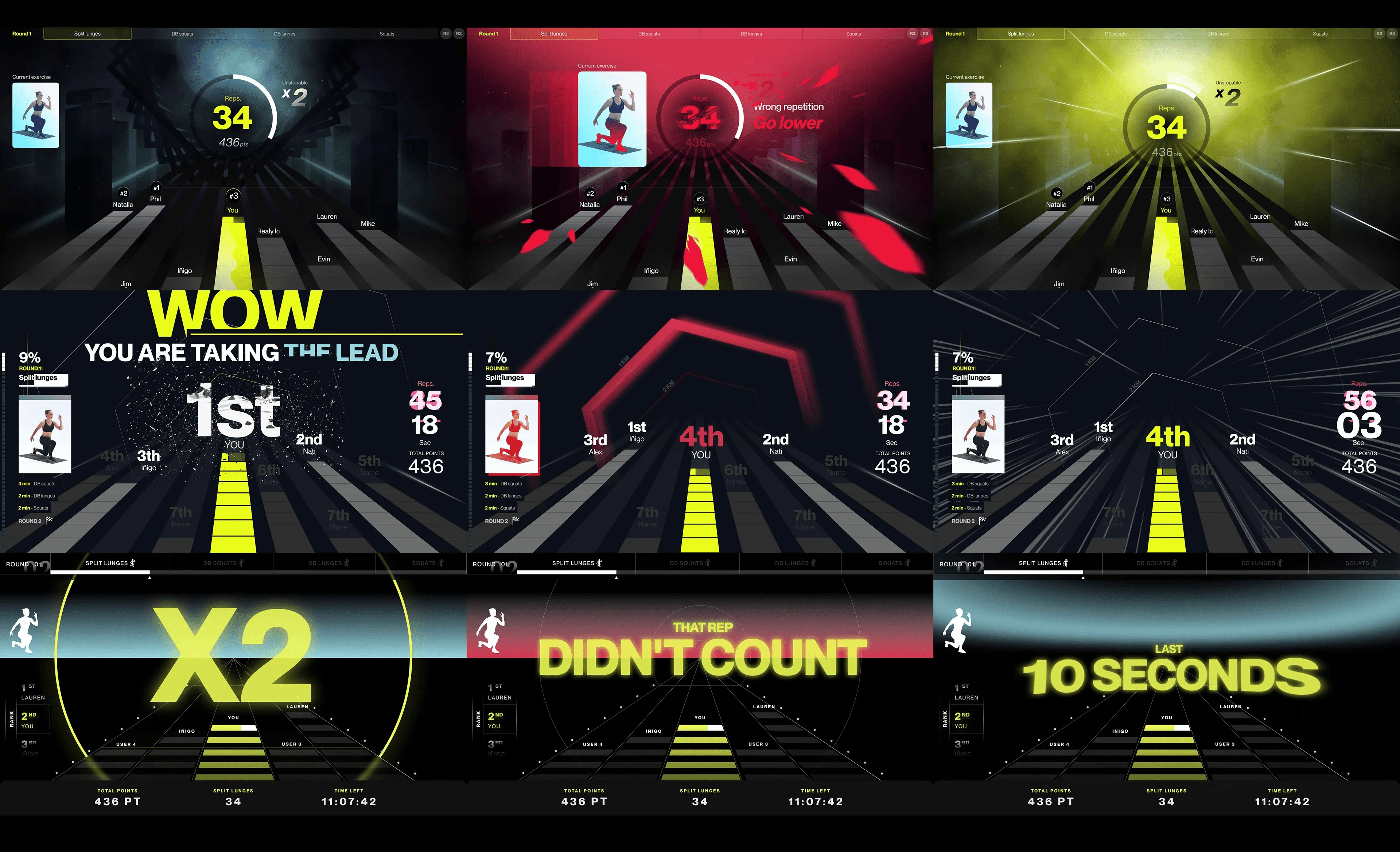FREELETICS
Role
Design Lead
Tasks
Product & Game Design
Platforms
Mobile & TV
Year
2022
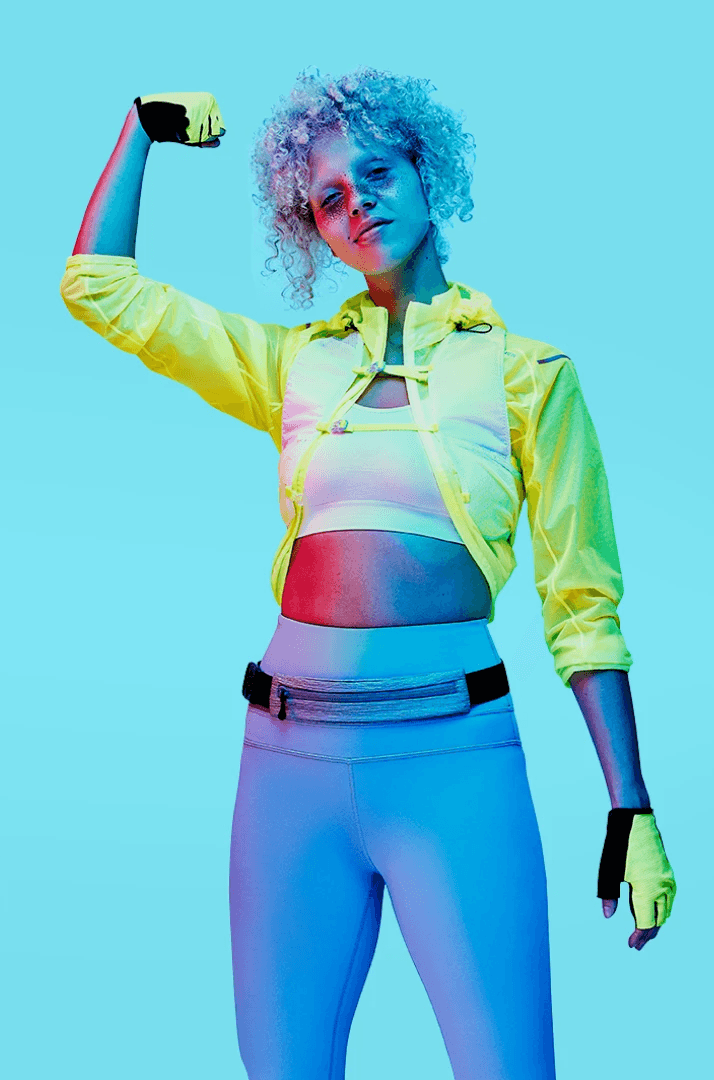
How might we transform home training to make it more whimsical and engaging in the long run?
In 2020, the COVID pandemic heightened the need for at-home fitness and opened new areas of the market to explore. Freeletics fortunately performed well during this time, and began exploring what would become the next Big Thing in fitness. An internal team alongside an agency specializing in new ventures began to deeply research and define what this could mean, exploring from hundreds of high level concepts, then converging down to a few of the strongest directions. Over the span of about six months, the working group dove deeper into the focused set of directions, which then became part of the 2021-2023 company strategy.
Based on market research insights, user segmentation research, and technical discovery findings for hardware, we decided to pursue Strength Gaming. From there, code-named “Project Arena” was born.
Main goals.
Bring a unique new product to market
Validate market fit and target market.
Develop a conceptual idea into a full-fledged product.
Introduce a new category of fitness.
Create a visually impactful strength gaming experience
Design a multi-dimensional experience (digital, audio, video, spacial, physical) that creates opportunities for Flow State fitness.
Define the visual language of the product ecosystem in coordination with the brand team.
Produce multiple game modes for maximum playability.
Product Design Lead
Embracing the "Utility Player" mindset
When I first joined the project, I quickly realized there were a lot of areas that went uncovered. First and foremost, there was no plan for designing and testing the early game prototypes. I immediately began creating game design concepts and running guerrilla usability testing to get initial feedback.
Then over an 8-month period, I stepped up and into visual game design, spear-headed mapping the entire user journey from purchase to play, starting from scratch the native app experience, and contributed to the Shopify web designs. Shortly after all of that, I shifted over to fully owning the game design experience, leading a team of 1 game designer and 1 user researcher, building a new design system aligned between brand, app design and visual game design, and writing a full styleguide for the STÆDIUM product design ecosystem.
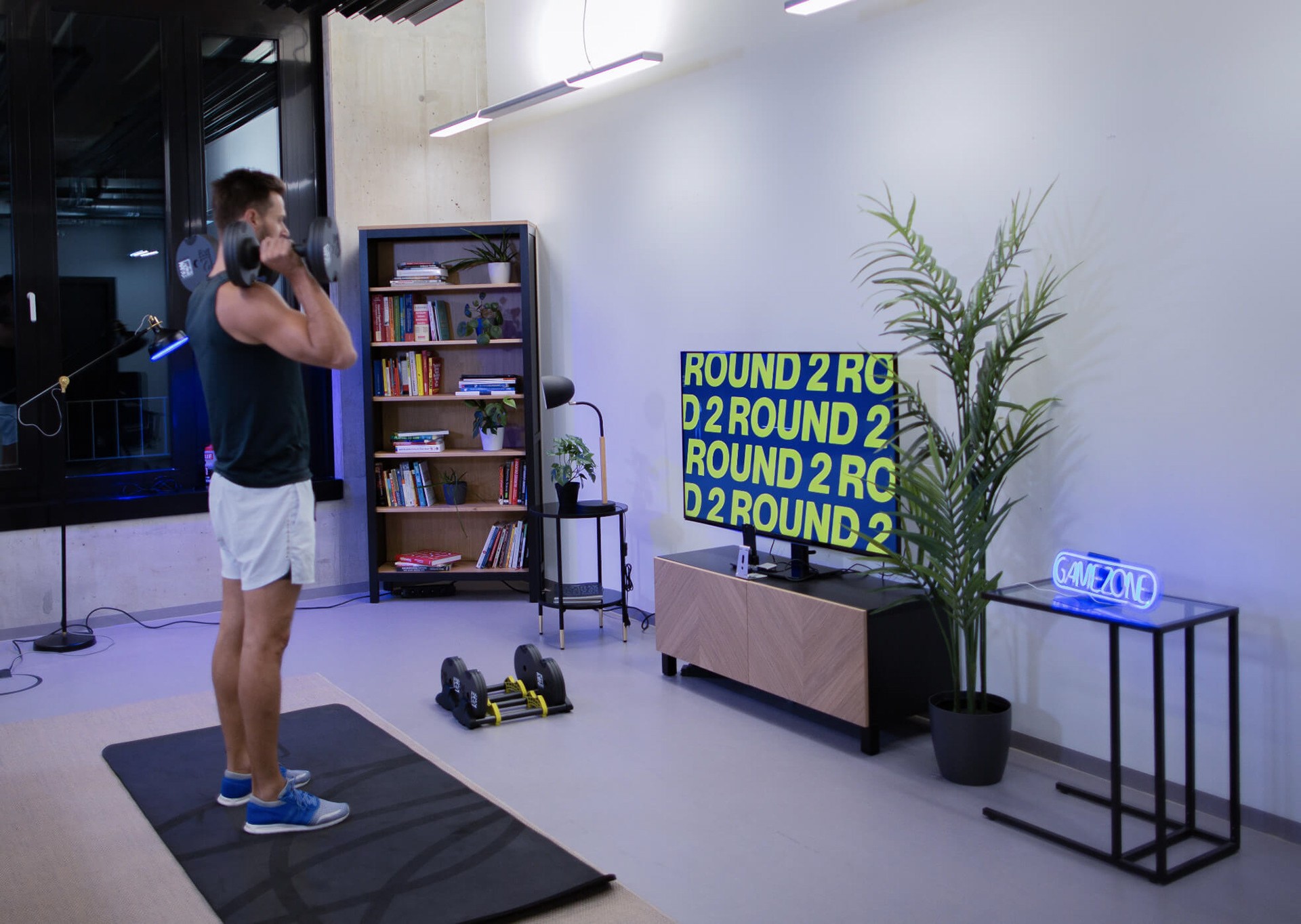
Establishing foundational UX processes
I was a key driver in establishing UX processes into this brand new product area. This included creating frameworks and structures for tackling new and randomizing work, road mapping UX priorities against stakeholder requirements and milestones, defining work areas and responsibilities for myself and 3 other colleagues, facilitating cross-functional workshops for key areas of the experience, figuring out ways for all functions (design, research, product, engineering, content) to work in parallel on the same packages of work, pivoting and adapting our work and plans when large project changes were introduced, and documenting everything.
Leading through ambiguity
My teammates looked to me to lead and guide us through a very new and uncertain environment. I worked hard to approach the chaos from a pragmatic, but direct point of view, enabling our small working group to make and commit to decisions under tight timelines, high pressure, and lofty expectations.
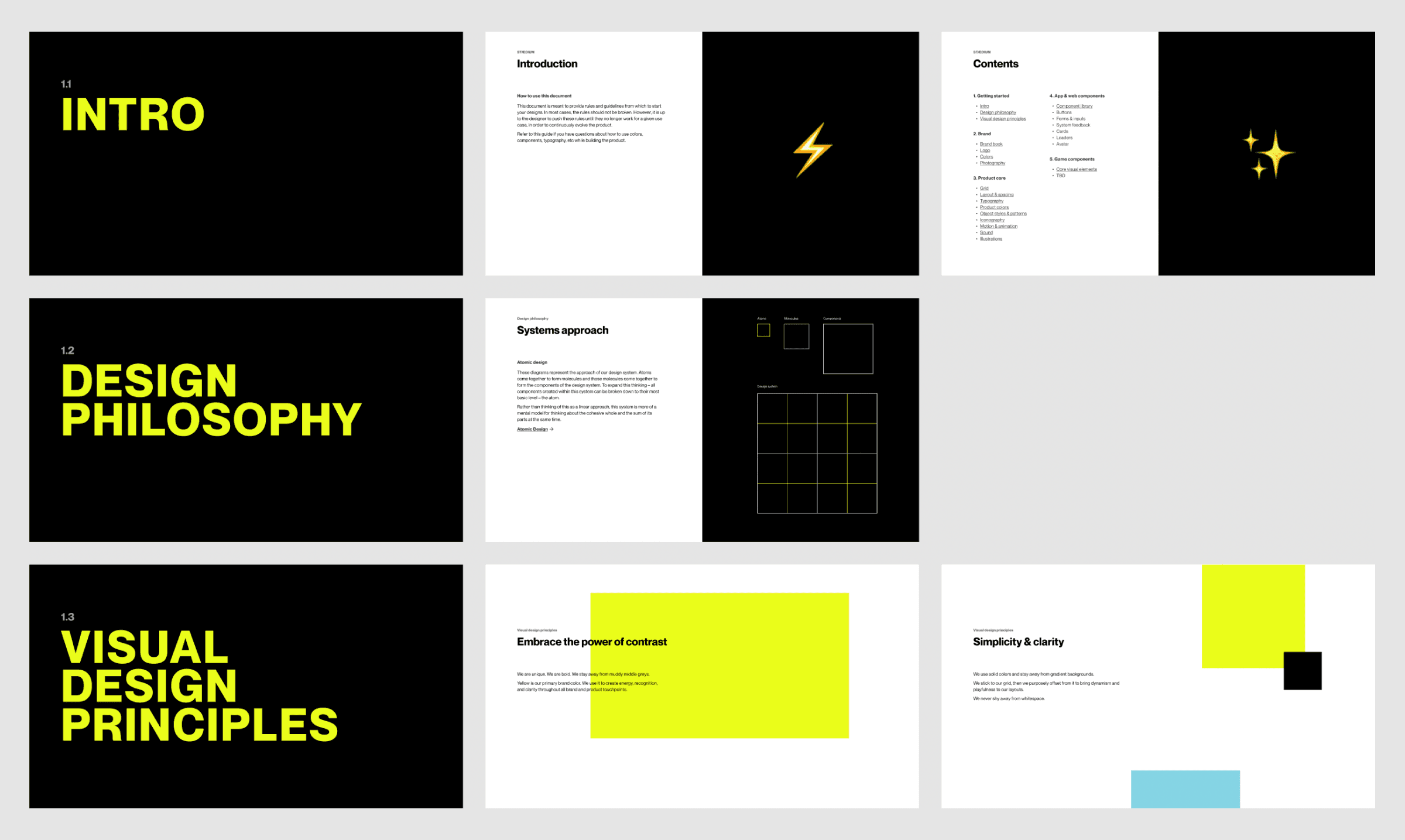
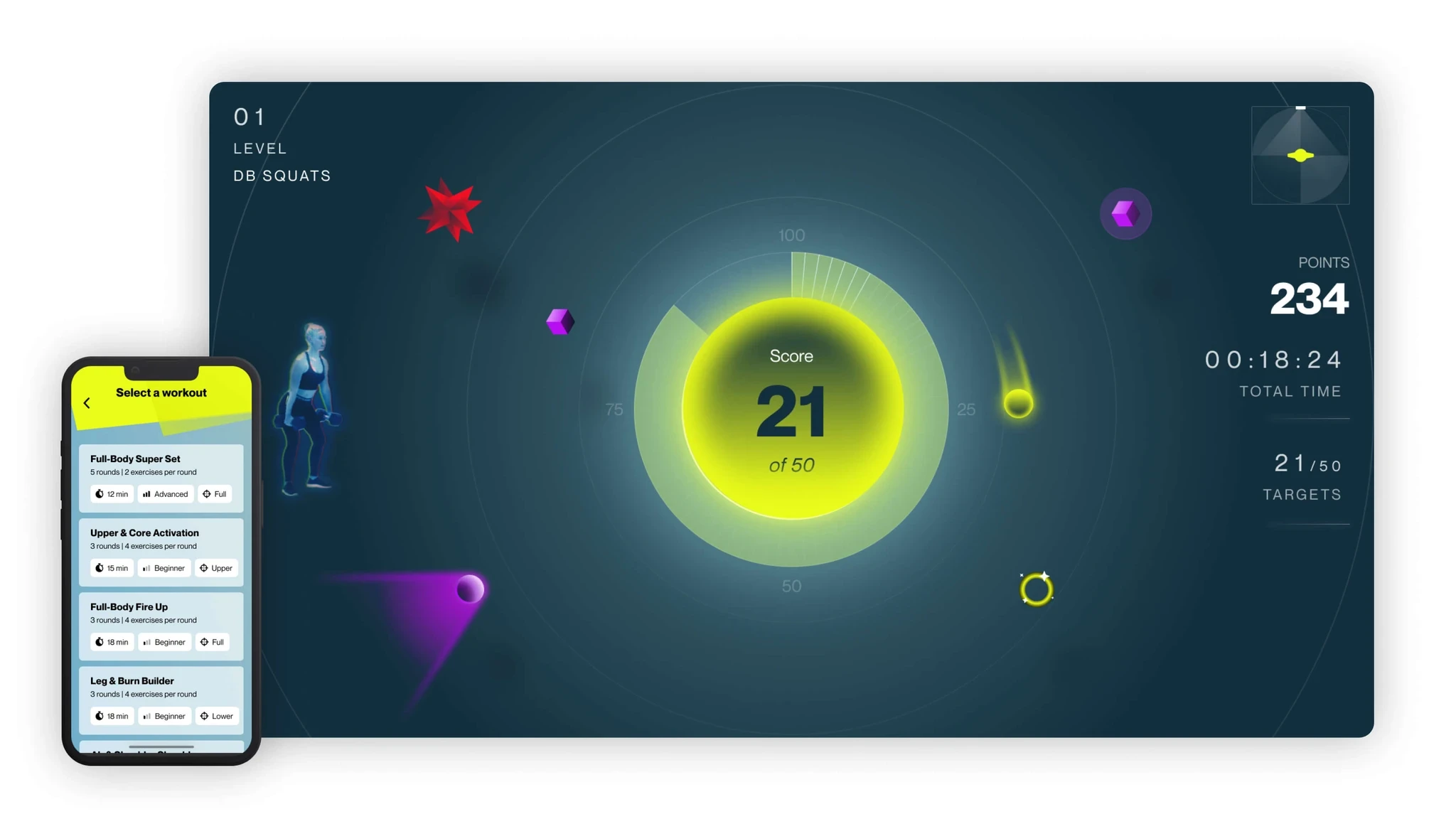
Overcoming Challenges.
Creating Gaming Experience
Our aim with STÆDIUM was to revolutionize the way people approach strength training, shifting it from a mere obligation to an enjoyable journey in itself. A pivotal aspect of achieving this was integrating strength gaming into the mix. By focusing on game-like training sessions and fostering meaningful interactions—both digital and physical—we've crafted an environment conducive to what we term as Flow State fitness.
Our insights were gleaned from extensive user research, encompassing both Freeletics users and those outside the platform. Surprisingly, 87% of respondents expressed a desire for more fun in their strength training regimen, with 73% agreeing that exercise would be more enjoyable if it resembled gaming or offered a more engaging experience.
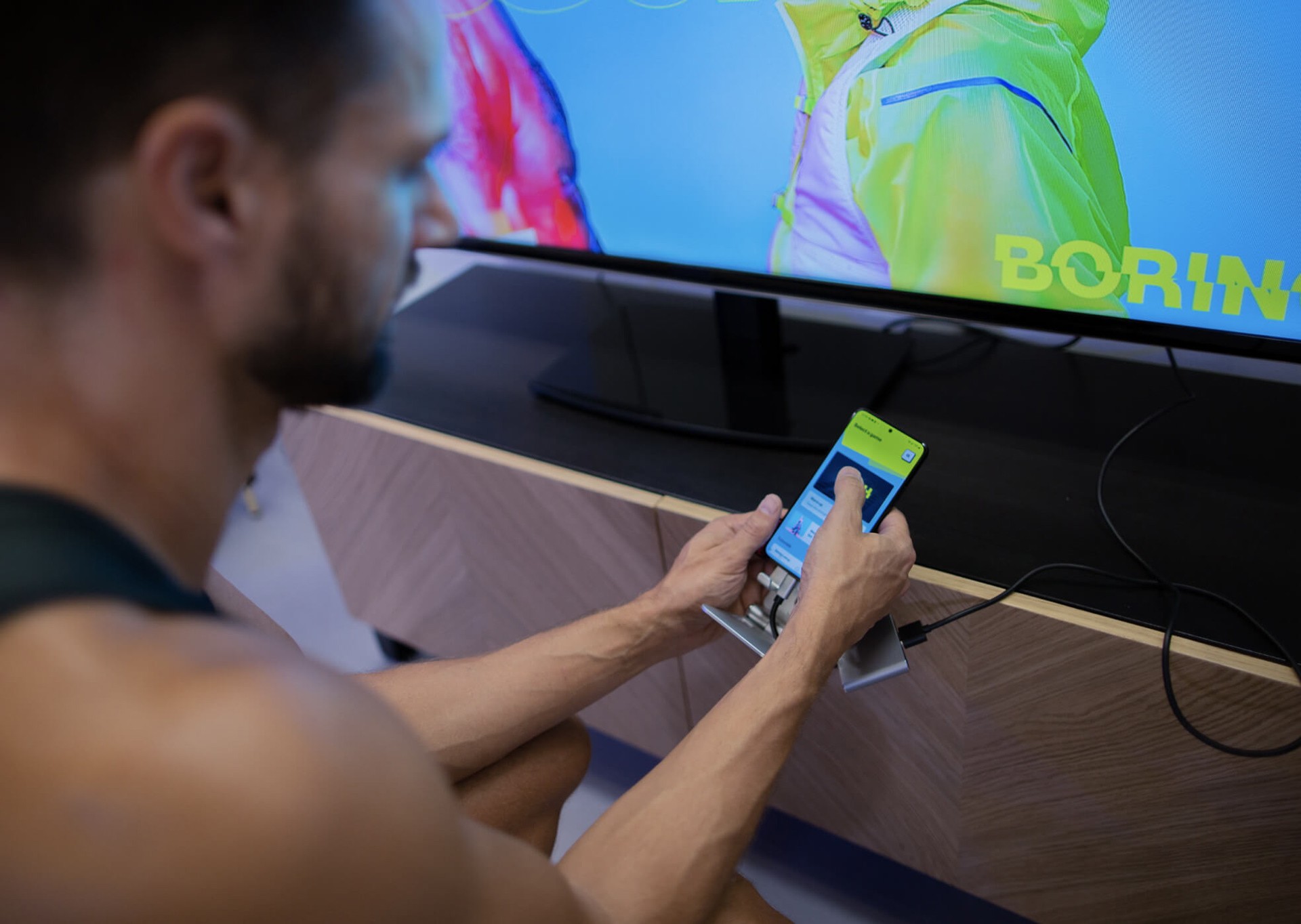
Diversifying the Game Catalogue
Central to our product's appeal is our diverse range of games designed to ensure sustained long term engagement. To achieve this, we adopted a rigorous process of ideation and testing, cycling through different game prototypes weekly. This iterative approach, led by a team comprising a user researcher, a game designer, and myself overseeing the gaming design, enabled us to identify core game mechanics. Despite the substantial time and effort invested in crafting high-quality, engaging games, we decided on three main games, each offering distinct variants of gameplay mechanics to cater to varying preferences and skill levels.
Dash Game: A fast-paced challenge where users compete against each other's records in real-time or asynchronously.
Orbital Game: A technically demanding game focusing on strength and precision in movement execution.
Stretch Game: Beginner-friendly, emphasizing movement range and mobility.
